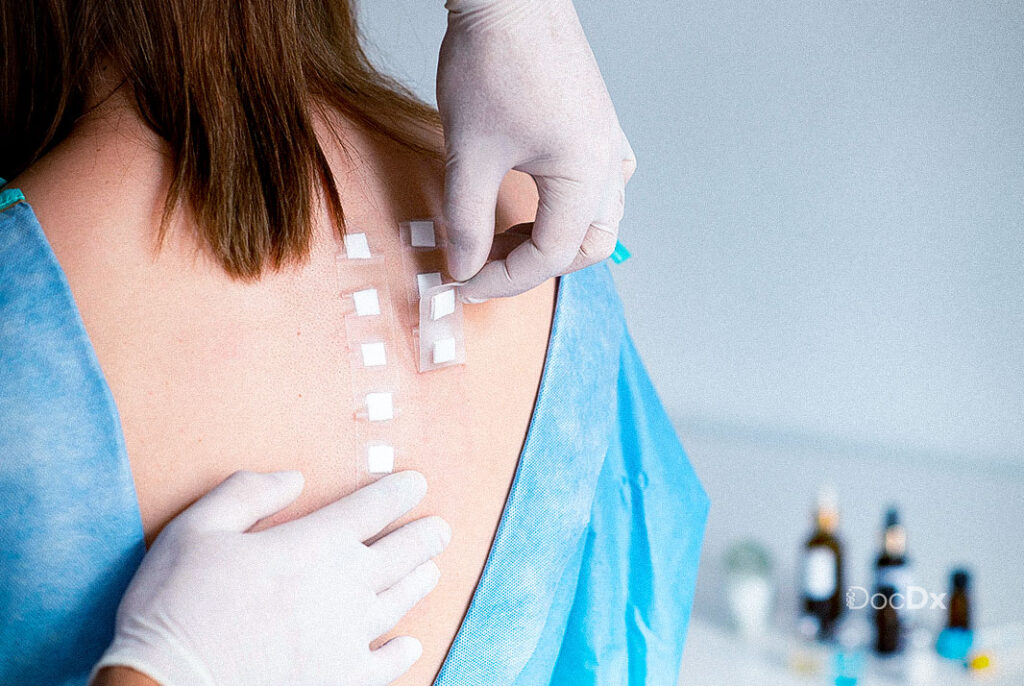Allergies can be disruptive, frustrating, and even life-threatening in some cases. Whether you experience seasonal allergies or severe food sensitivities, understanding what triggers these reactions is essential for maintaining a better quality of life. Allergy testing offers invaluable insights into your body’s specific responses to potential allergens. This guide will walk you through what to expect during allergy testing, how it works, and why it’s a beneficial step in managing allergy symptoms. Let’s dive into the details!
If you’ve ever experienced itchy eyes, sneezing fits, or rashes, you may be familiar with the common signs of allergies. However, to manage these symptoms effectively, it’s crucial to identify the exact cause. That’s where allergy testing comes into play. Conducted by healthcare professionals or allergy specialists, these tests pinpoint your unique allergens, enabling you to avoid or treat them effectively.
What is Allergy Testing?
Allergy testing is a procedure to determine what substances may trigger an allergic reaction in an individual. Through a series of tests, healthcare providers measure how your immune system reacts to specific allergens like pollen, dust, food, or pet dander.
Why Consider Allergy Testing?
Getting tested can provide clarity, especially if you experience persistent allergic reactions. Here’s why allergy testing can make a significant difference:
- Identify Triggers: Testing helps pinpoint what you are allergic to so you can avoid those triggers.
- Prevent Serious Reactions: Early detection can help prevent more severe reactions.
- Tailored Treatment: Once you know your allergens, your allergy center can recommend personalized treatment options.
Types of Allergy Testing
Allergy testing isn’t one-size-fits-all. Various methods are used depending on your symptoms and medical history. Here are the most common ones:
Skin Prick Test
The skin prick test is among the most commonly performed allergy tests. A healthcare provider will place a small amount of allergen extract on your skin and gently prick it to allow the substance to enter the top layer. If you’re allergic, you may develop a small reaction at the test site.
Intradermal Test
This test is a little more invasive and involves injecting a small amount of allergen into the skin. It’s often used to confirm a reaction when the skin prick test is inconclusive.
Patch Test
The patch test is typically used to test for contact dermatitis, a type of skin reaction. Here, patches containing different allergens are applied to your skin for 24-48 hours.
Blood Test
For individuals who may not tolerate skin tests, a blood test may be recommended. It measures the amount of IgE antibodies in your blood, which increases in response to specific allergens.
Common Allergens Tested
Allergy testing covers a broad range of potential triggers. Common allergens include:
- Environmental Allergens: Such as pollen, mold, dust mites, and pet dander.
- Food Allergens: Including nuts, dairy, seafood, wheat, and eggs.
- Insect Stings: Like bee or wasp venom.
- Medications: For drug allergies to antibiotics or painkillers.
- Latex or Other Materials: Useful in detecting allergies related to specific professions.
Preparing for an Allergy Test
Preparing for an allergy test is straightforward, but it’s crucial to follow your doctor’s instructions. Here’s how to get ready:
- Avoid Certain Medications: Some medications, particularly allergy medicine, can interfere with test results, so you may be asked to stop them temporarily.
- Wear Comfortable Clothing: This can make the testing process smoother, especially for skin tests on the arms or back.
- Inform Your Doctor of Any Conditions: If you have conditions like asthma or a weakened immune system, discuss these beforehand.
What Happens During an Allergy Test?
Knowing what to expect during the test can help alleviate any concerns. Here’s a quick look at what typically happens:
Step-by-Step Guide to Skin Testing
- Cleaning the Test Area: Usually, your arm or back is cleaned.
- Application of Allergen Extracts: Small amounts of allergen extracts are applied to the skin.
- Pricking or Injecting: The skin is lightly pricked to introduce the allergen.
- Observing Reactions: After about 15-20 minutes, the healthcare provider checks for redness, swelling, or itching.
Blood Test Procedure
For those undergoing a blood test, the procedure is simple:
- A sample of blood is drawn.
- The blood is then tested for IgE levels to various allergens in a lab.
- Results are typically available within a week.
Understanding the Results
Once your results are in, they can guide the next steps. A positive test indicates that you have an allergy to the specific substance tested. However, the severity of your reaction depends on various factors, including your age, genetics, and environment.
Managing Allergies After Testing
Post-testing, it’s time to take action. Your allergy and asthma center might recommend:
- Allergy Medications: Like antihistamines, decongestants, or nasal sprays.
- Avoidance Techniques: Minimizing exposure to allergens.
- Immunotherapy: A treatment approach that gradually desensitizes your immune response to allergens.
Allergy Medications and Treatment Options
From over-the-counter options to prescription drugs, allergy medications vary depending on your needs. You might use a combination of options, including:
- Antihistamines for sneezing and runny nose.
- Decongestants to relieve congestion.
- Corticosteroids for more severe symptoms.
Finding an Allergy Specialist Near You
Locating a reliable allergy specialist can make a big difference in managing your symptoms effectively. Check with your primary care provider or visit local healthcare facilities for recommendations.
Common Questions About Allergy Testing
- Is allergy testing painful?
Skin tests involve minimal discomfort, often described as a small prick. - How long do test results take?
Skin test results are immediate, while blood tests may take a few days. - What happens if my results are negative?
Negative results mean no allergic response to the tested substances. However, further investigation may be needed if symptoms persist.
Allergy Testing for Children
Children with symptoms of asthma, eczema, or food allergies can benefit from early testing. Pediatric testing uses child-friendly techniques and is conducted in a controlled environment to keep them comfortable.
Allergy Testing Costs and Insurance Coverage
Costs for allergy testing can vary, and insurance coverage often depends on your provider and plan. It’s best to check with your insurance provider or your chosen allergy specialist to understand any potential out-of-pocket expenses.
Conclusion
Allergy testing is a powerful tool for identifying triggers and managing symptoms effectively. Understanding your body’s reactions allows you to lead a life with fewer interruptions from allergies. Whether you’re dealing with seasonal pollen or certain foods, taking charge of your allergy management can transform your well-being. Take the next step by consulting with an allergy specialist and make allergies a thing of the past!




